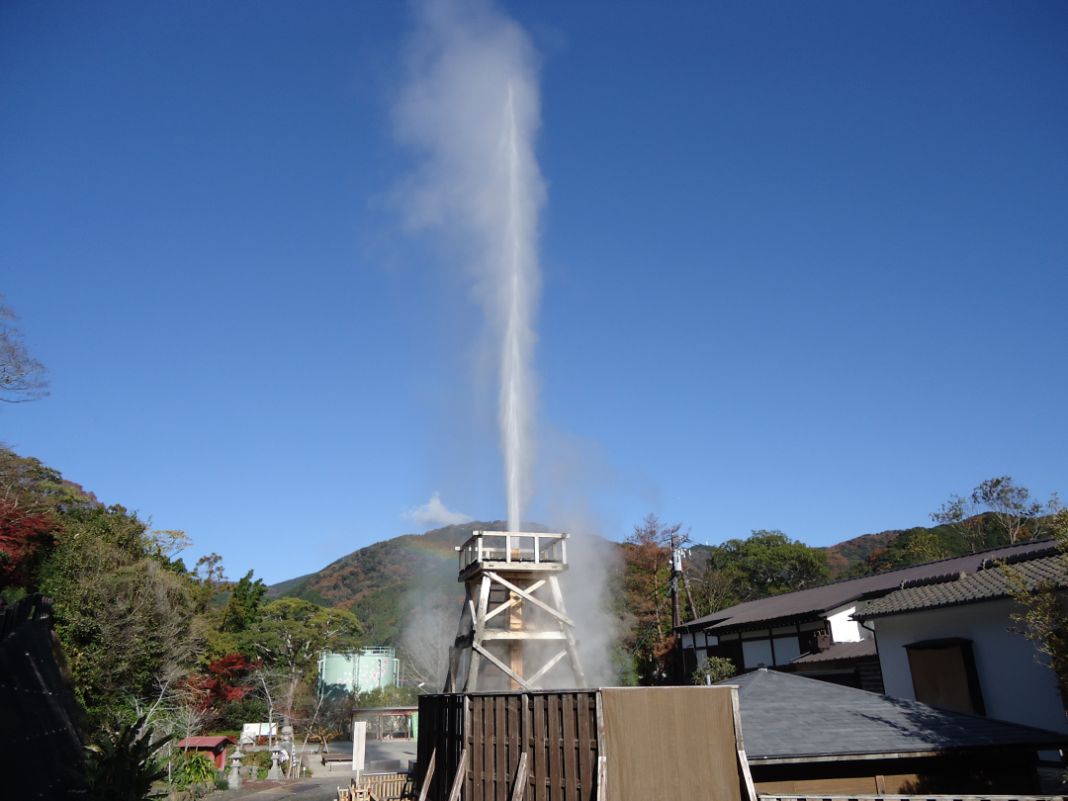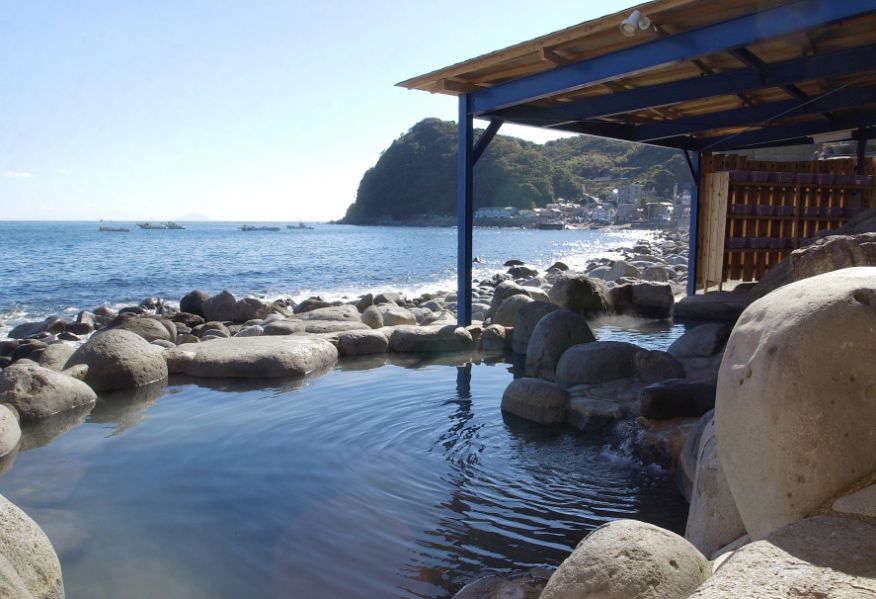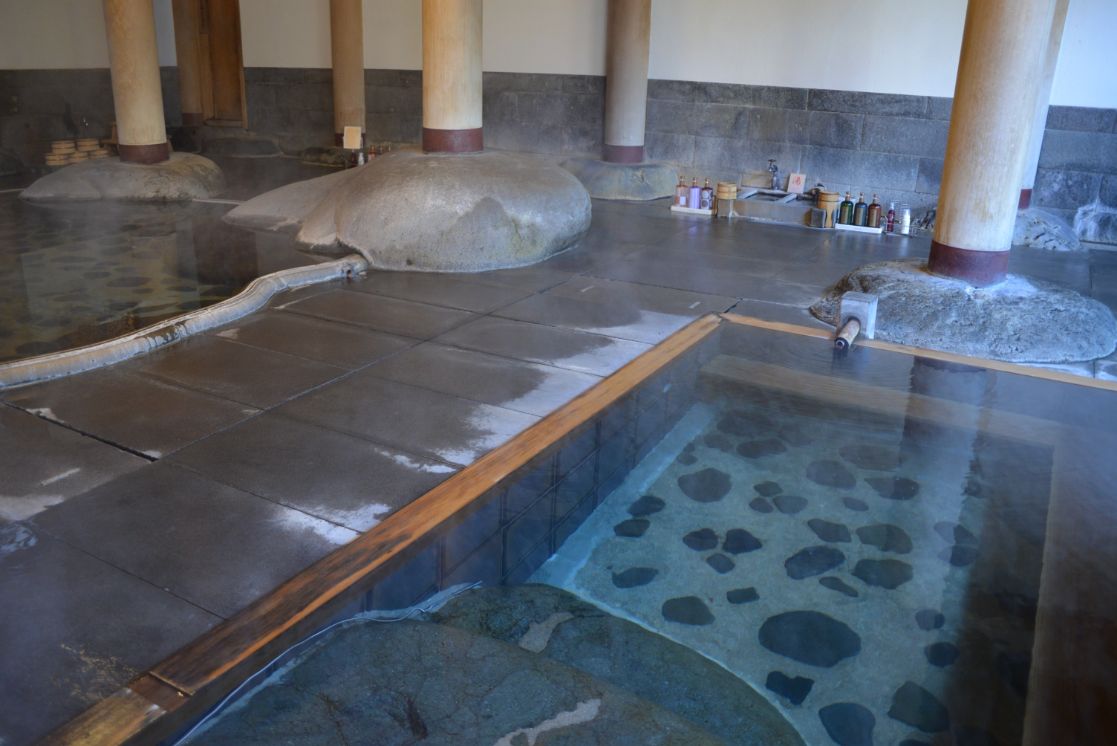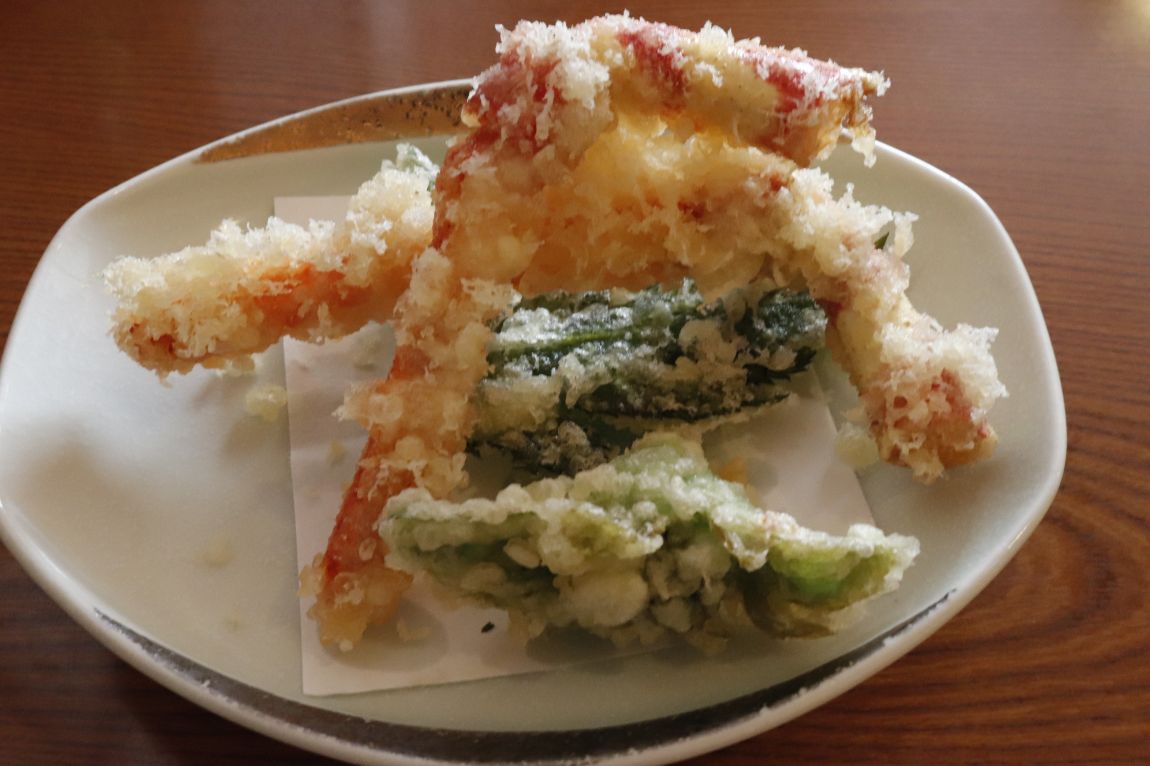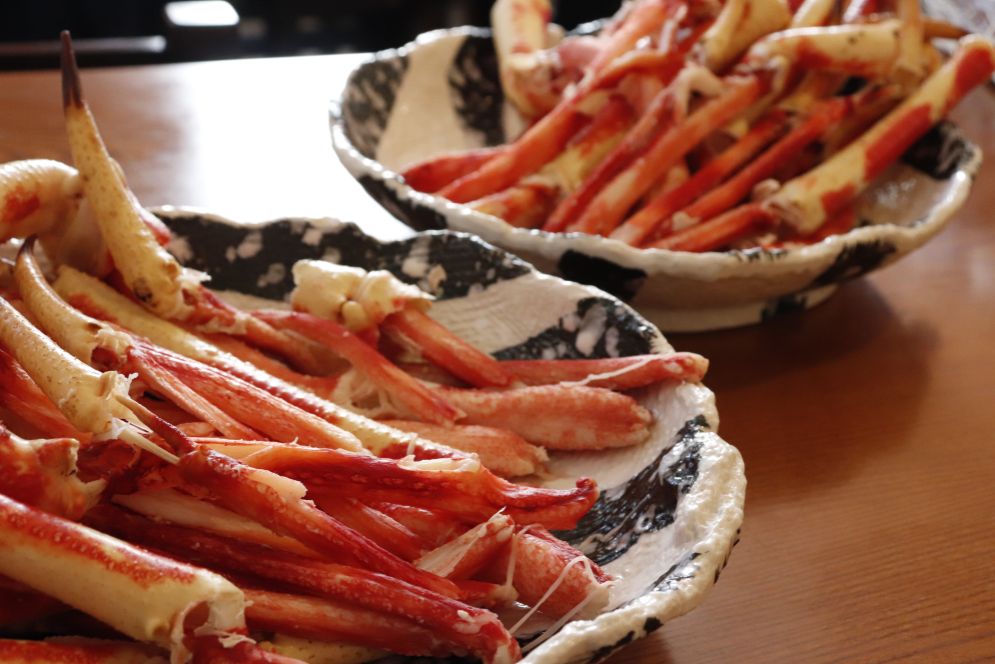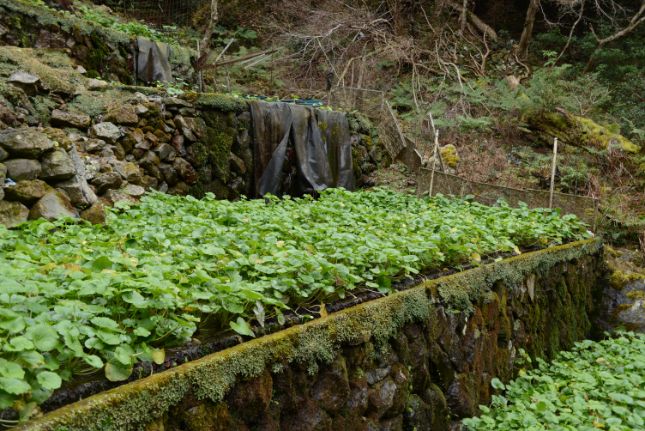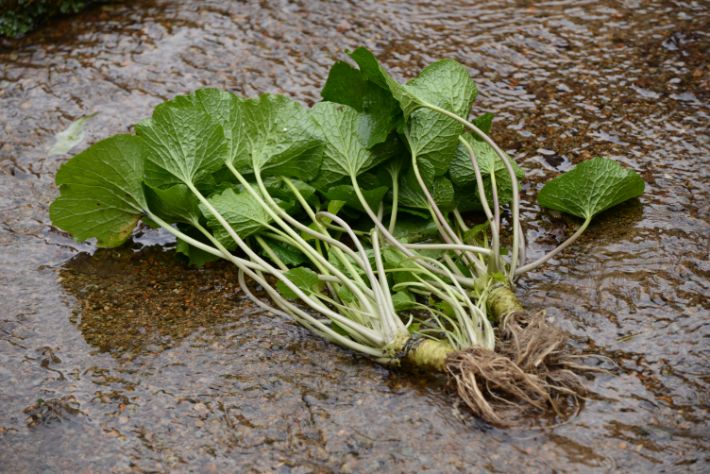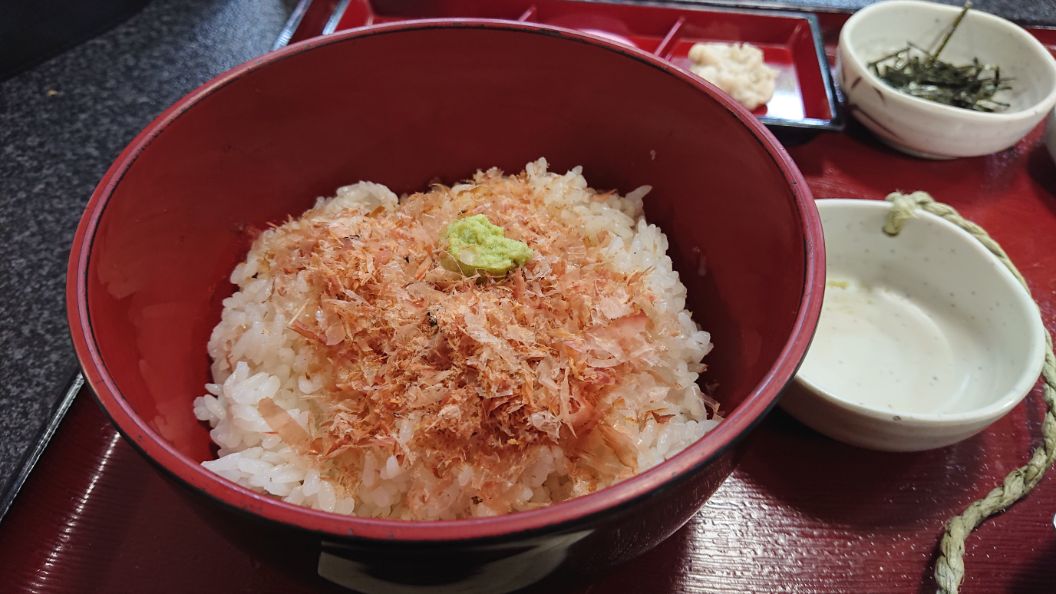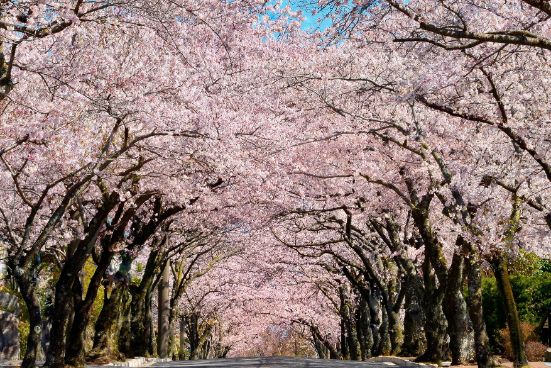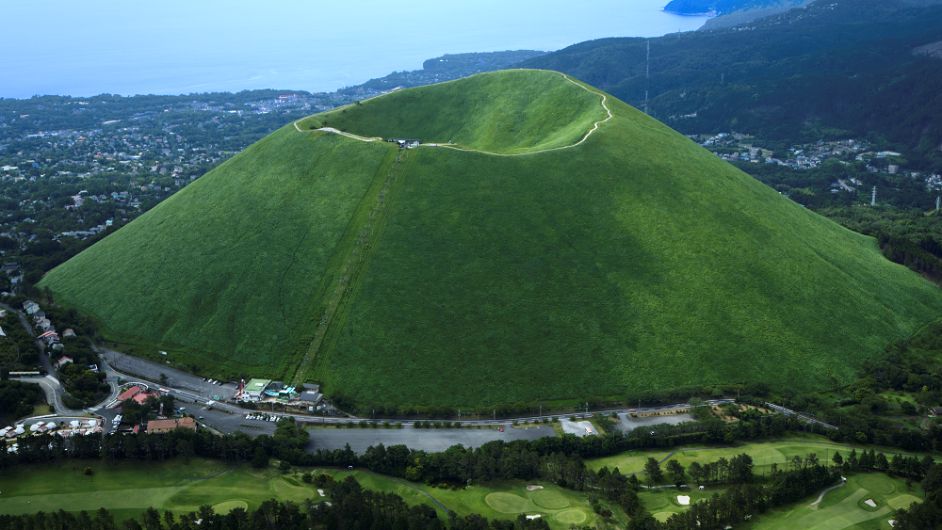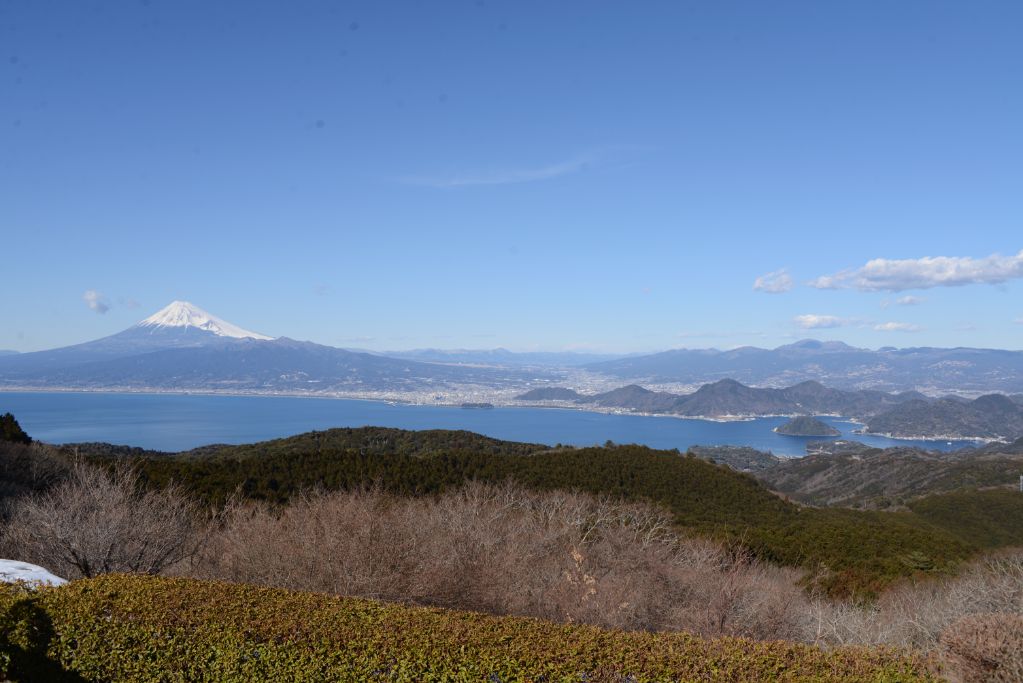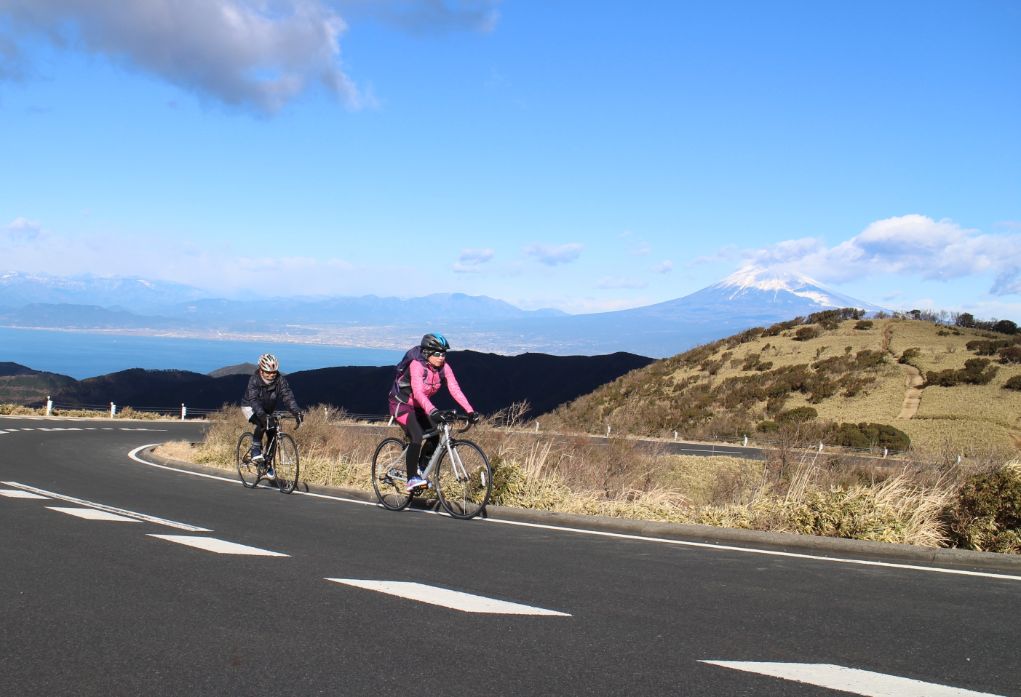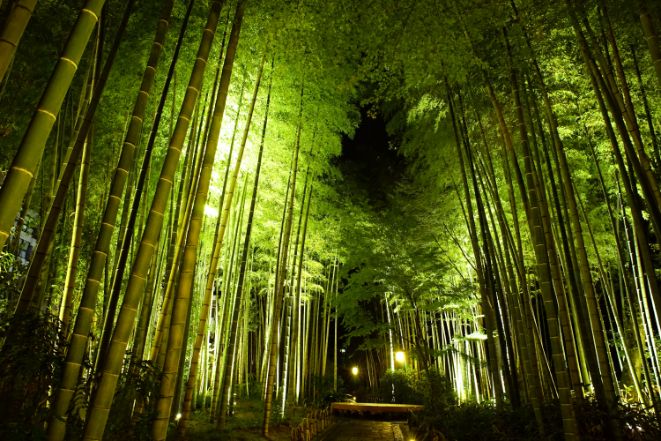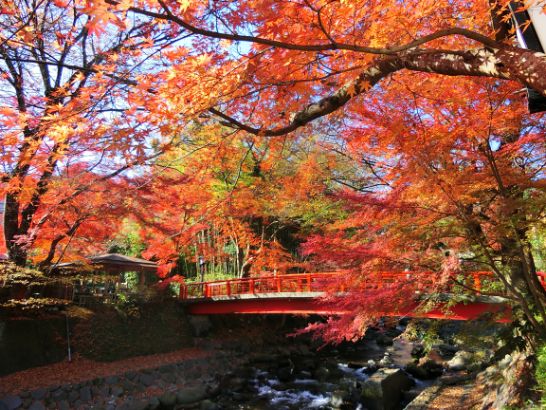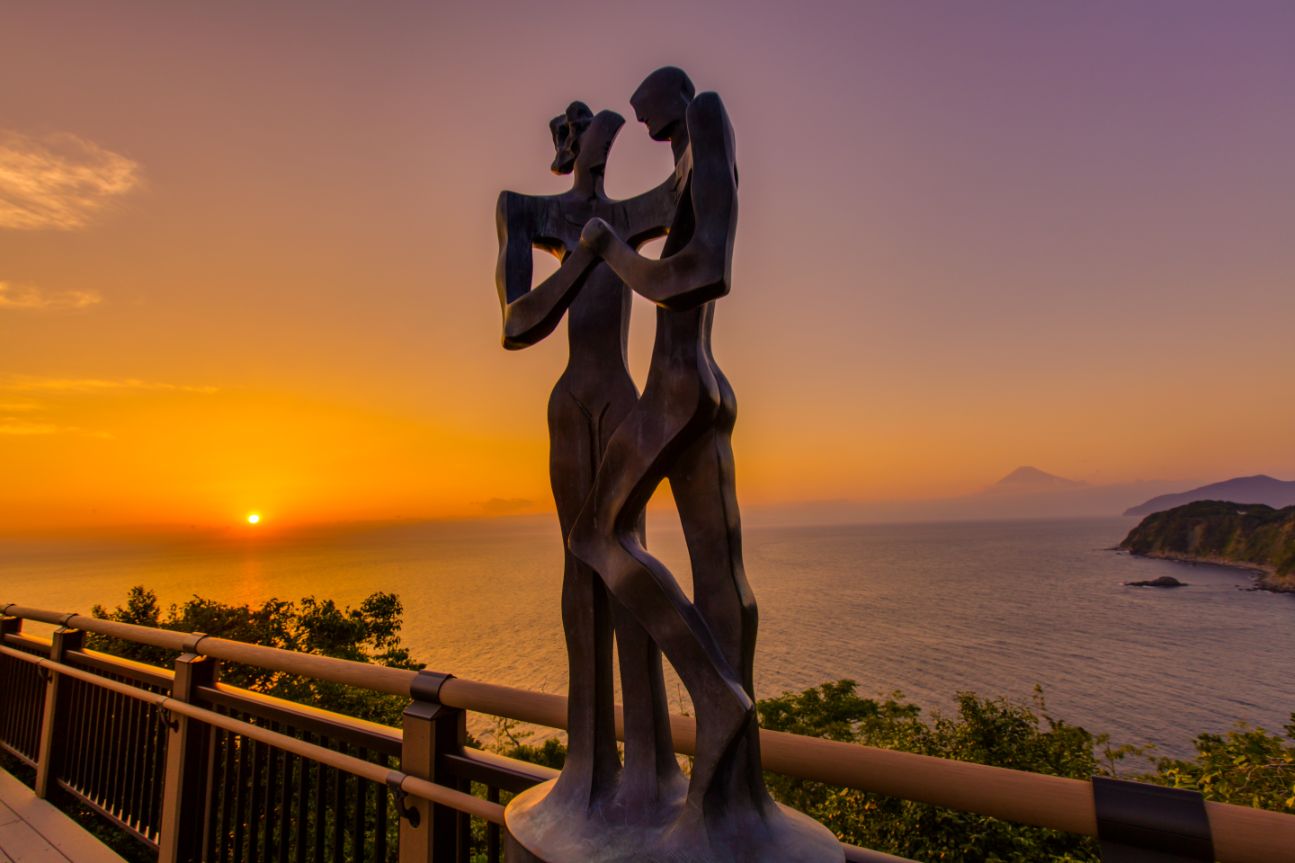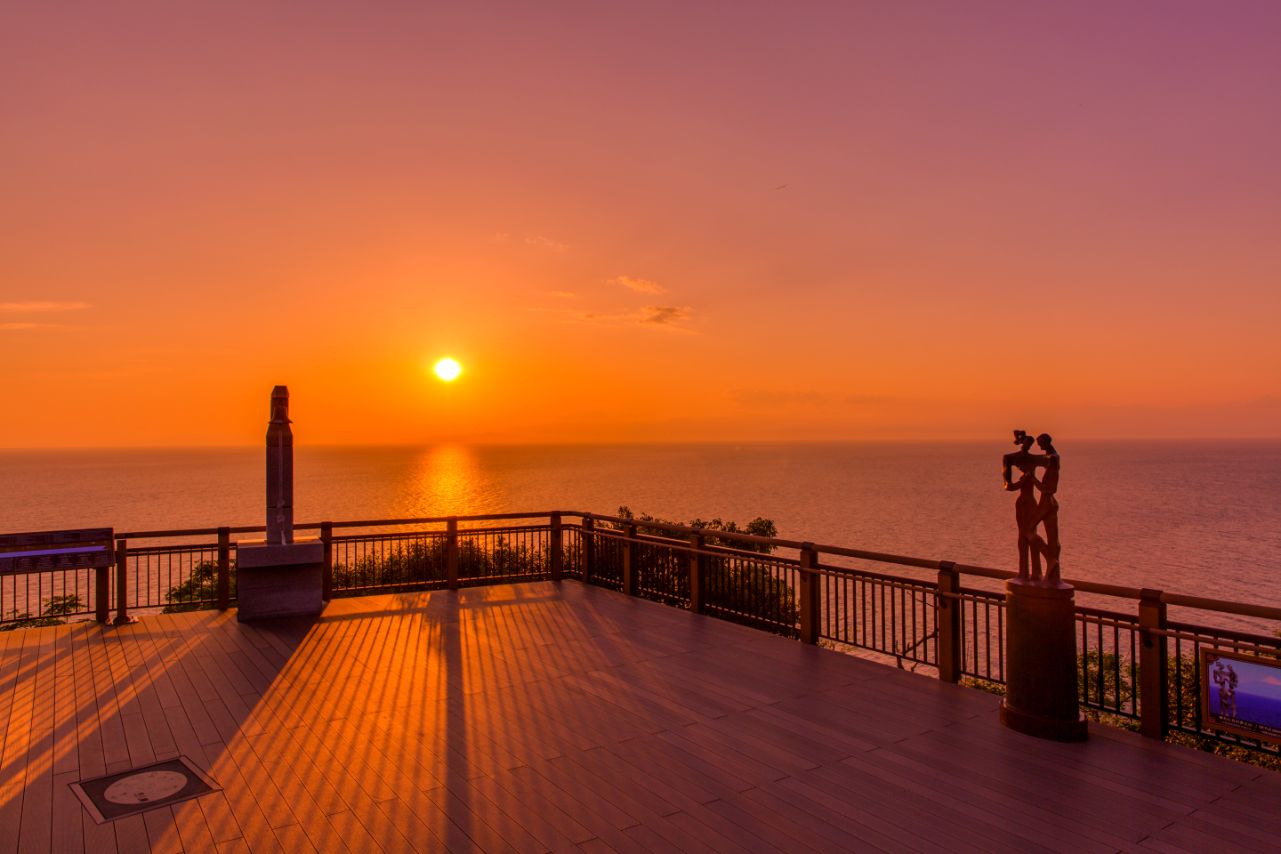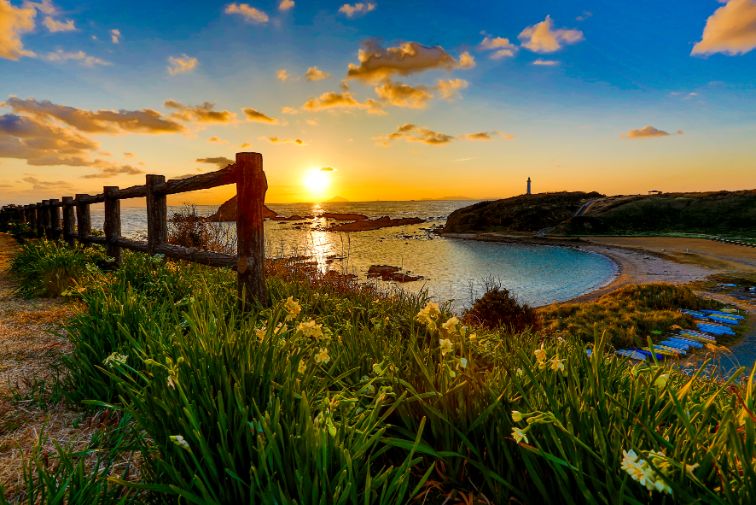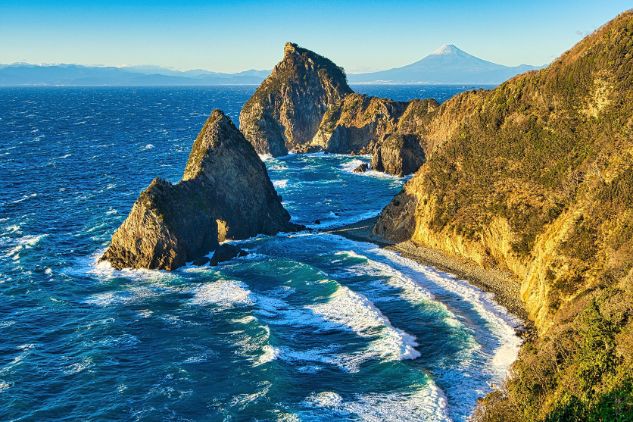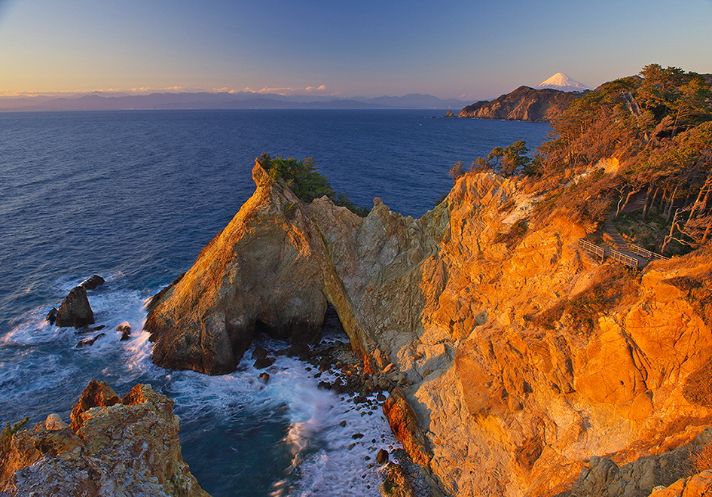Discover the Izu Peninsula

What kind of place is Izu?
The Izu region, located in eastern Shizuoka Prefecture on the border with Kanagawa Prefecture, is comprised of 13 highly unique cities and towns. A peninsula jutting out into the Pacific Ocean, it is 60 kilometers long running north to south, and 40 kilometers wide east to west.
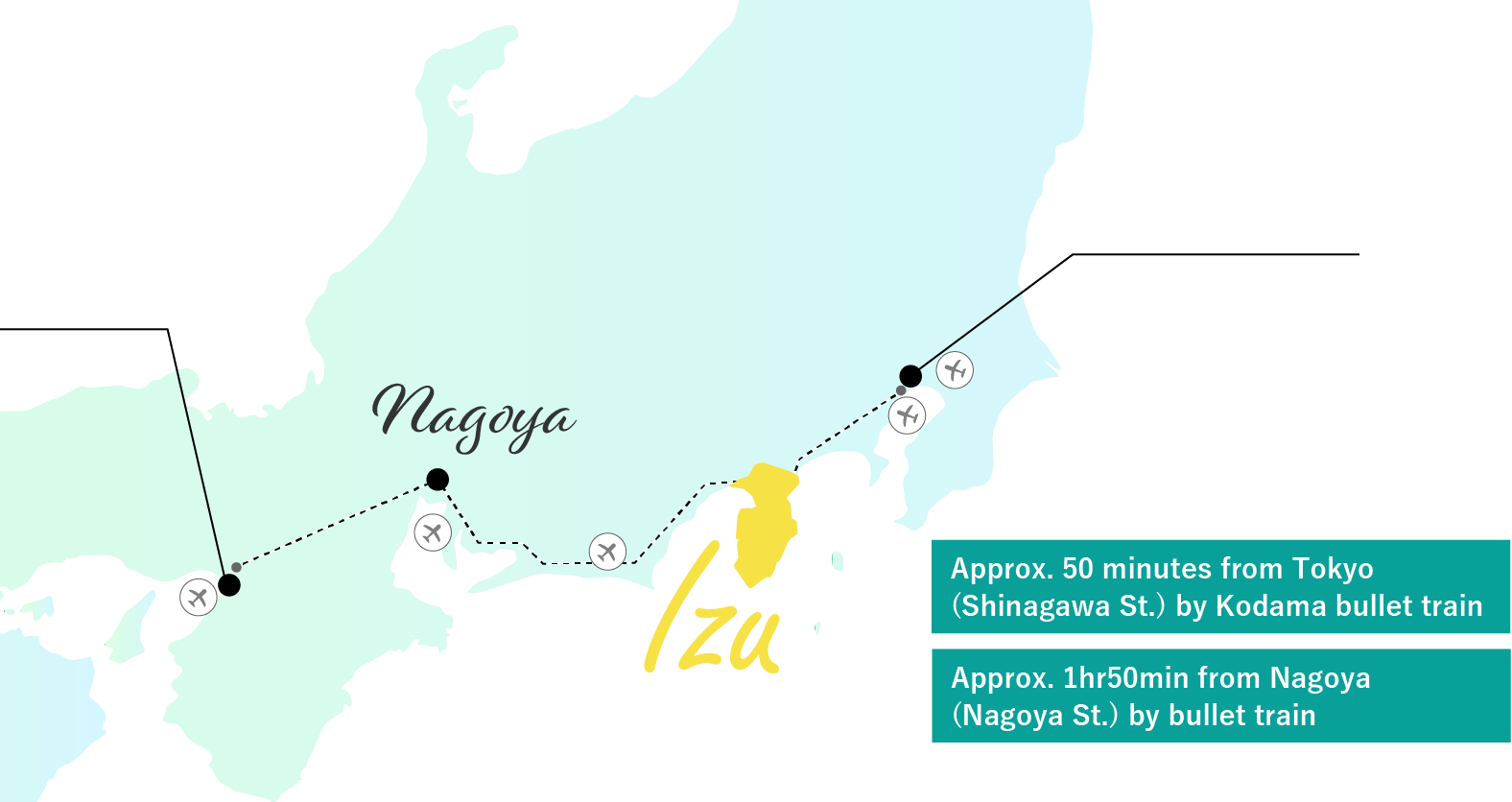
Easy access from the Tokyo metropolitan area
With Shinkansen and limited express train lines available, one of the great things about Izu is its ease of access, enabling you make your way here practically the moment the mood strikes you.
Unique geography designated a UNESCO Global Geopark

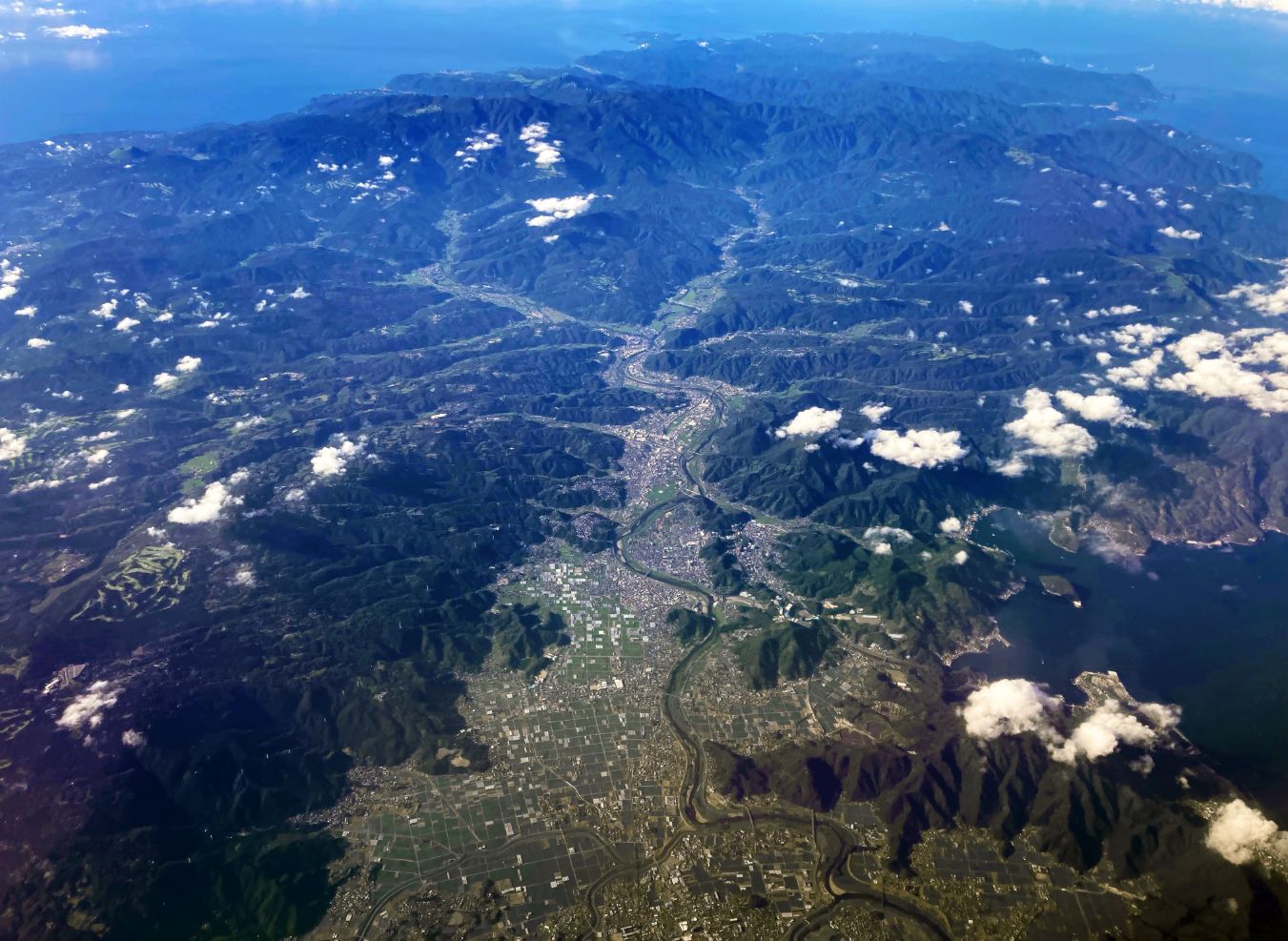
Did you know that approximately 20 million years ago, Izu was located on the bottom of the Pacific Ocean, far from the island of Honshu? It is believed that at that time, Izu was a collection of undersea volcanoes in the vicinity of Iwo Jima. This group of volcanoes moved north along with the Philippine Sea Plate. one million years ago, they began colliding with Honshu, becoming a peninsular form similar to Izu’s current shape 600 thousand years ago. The abundant hot springs and unique scenery found across Izu were created through this geological activity stretching back to ancient times. The products of past volcanic activity as well as the effects of the continuing movement of the local geology can be seen in a variety of locations around Izu.
Three blessings born of the area’s unique geological features
The activity of the local geology, which has moved continuously since long ago, has provided Izu with three blessings: Hot springs, abundant food, and beautiful scenery.
Abundant hot springs welling up from the ground across the peninsula
Izu is said to be dotted by some 2,300 hot springs. The Shuzenji Onsen Tokko-no-Yu, Izu’s oldest hot spring bath, is said to have been developed for human use in the year 807. Also loved by Japanese literary masters such as Yasunari Kawabata, people have been enjoying Izu’s hot springs since ancient times.
Food from land and sea, fruit of bountiful nature
The blessings of the area’s geological activity have also provided Izu with an abundance of food. Mt. Amagi and Izu’s many other mountains serve to store ample amounts of water, and the pure streams which flow down their slopes are used to cultivate some of the highest quality wasabi found anywhere in Japan. Suruga Bay, the deepest in Japan, is a habitat for the largest crustacean in the world—the Japanese spider crab, and you can enjoy their stunning appearance as well as their delectable flavor at restaurants situated along the coast.
Beautiful scenery designated a UNESCO Global Geopark
Looking like an overturned bowl, Mt. Omuro was created by volcanic eruptions approximately 4,000 years ago. The mountain’s scoria cone, consisting of scoria rock which rained down from the sky during the eruptions, reveals to us today how Omuro was formed. From the Darumayama Rest House, boasting spectacular views, you can get a sweeping view of the line where the Izu Peninsula is pushing into Honshu.
A mecca for diving and other marine sports
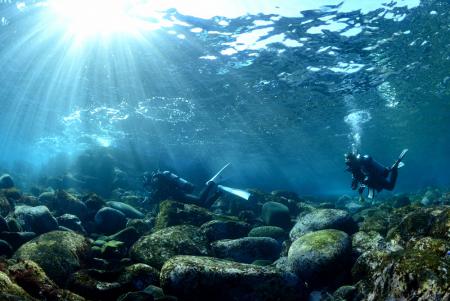
The Izu coastline is over 300 kilometers long, and Izu is a thriving destination for marine sports such as scuba diving. Large numbers of people come here not just during the swimming season but year-round to have fun in the water off Izu.
The Nirayama Reverberatory Furnaces—a World Heritage Site
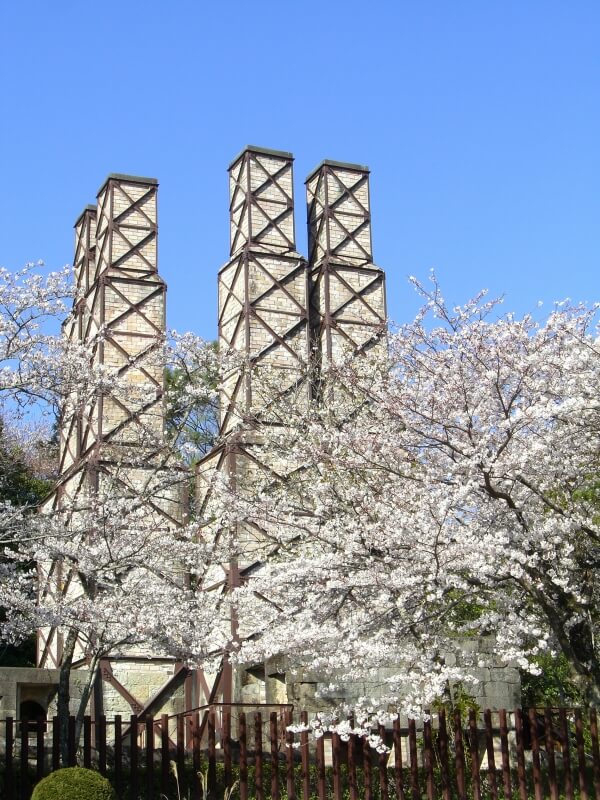
The Nirayama Reverberatory Furnaces have been registered as part of the Sites of Japan’s Meiji Industrial Revolution: Iron and Steel, Shipbuilding and Coal Mining on the UNESCO’s World Heritage List. A reverberatory furnace is a metallurgical furnace used to melt metals for the production of items such as cannons. The Nirayama Reverberatory Furnaces are the only extant example in Japan of a reverberatory furnace which was actually used for production purposes.


